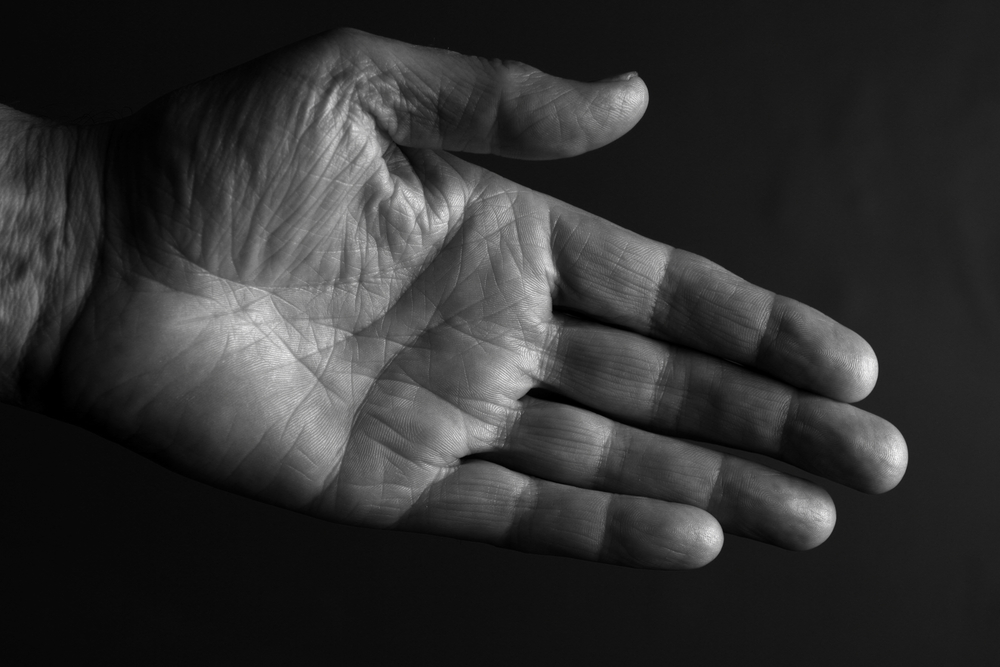Why Do Humans Have Palm Lines?

Some people think the palm lines in human hands foretell the future through the practice of palmistry.
Scientifically speaking, however, the lines on a palm, or palmar flexion creases, help the hand's skin stretch and squeeze. They can also help identify certain medical conditions.
Human hands develop palmar creases in the womb at around the 12th week of gestation, and are present on a baby's hand when he or she is born.
When you clench your hand, palm lines provide an avenue for the hand's skin to fold without bunching up and making it difficult to grab onto items. That may also be why there are strong creases where the bones in the fingers and thumb meet.
Most people have three prominent creases across the surface of their palms, but sometimes there is only one crease, according to the National Institutes of Health.
Having only a single palmar crease (once known as a "simian crease") might indicate abnormal development. It's sometimes present in babies with conditions such as Down syndrome or fetal alcohol syndrome. A doctor, however, takes several other factors into account before making a diagnosis.
The thickness and number of creases on your palms also depend on factors such as family history and race.
Get the world’s most fascinating discoveries delivered straight to your inbox.
Follow LiveScience on Twitter @livescience. We're also on Facebook & Google+.

Elizabeth Howell was staff reporter at Space.com between 2022 and 2024 and a regular contributor to Live Science and Space.com between 2012 and 2022. Elizabeth's reporting includes multiple exclusives with the White House, speaking several times with the International Space Station, witnessing five human spaceflight launches on two continents, flying parabolic, working inside a spacesuit, and participating in a simulated Mars mission. Her latest book, "Why Am I Taller?" (ECW Press, 2022) is co-written with astronaut Dave Williams.



